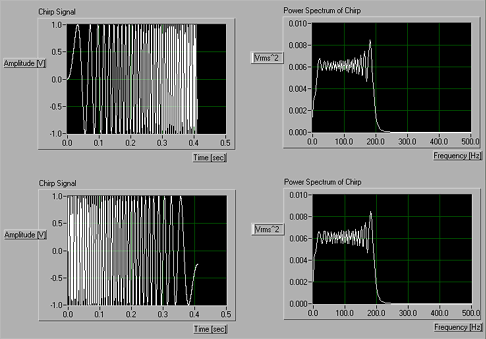I agree. After all, those who make amplifiers voice them. The same goes for virtually anything in audio, regardless of how it measures. SET amps distort like Hell, according to an oscilloscope, but they sound sweet to me. The same goes for everything, really. I started out with the notion that anything I made should be neutral, but I realized that I didn't understand the definition of neutral, and I wouldn't know it, if I heard it. If you say you know, you lie. What we have is equipment that is, in fact, yet another musical instrument in the chain. The trick is getting all the instruments to play well together. If we somehow manage that, we have a flavor that is generally accepted. After all, it is just about flavors, and those flavors represent music. That representation helps us relax, escape, or whatever it is that we are trying to achieve. Measuring it won't help the end game, will it?
Moral: Close your eyes, and try to appreciate what you hear. Try to forget about getting so damned anal about everything because avoiding that sort of stress is why most of us got into this crazy hobby in the first place.
Win








